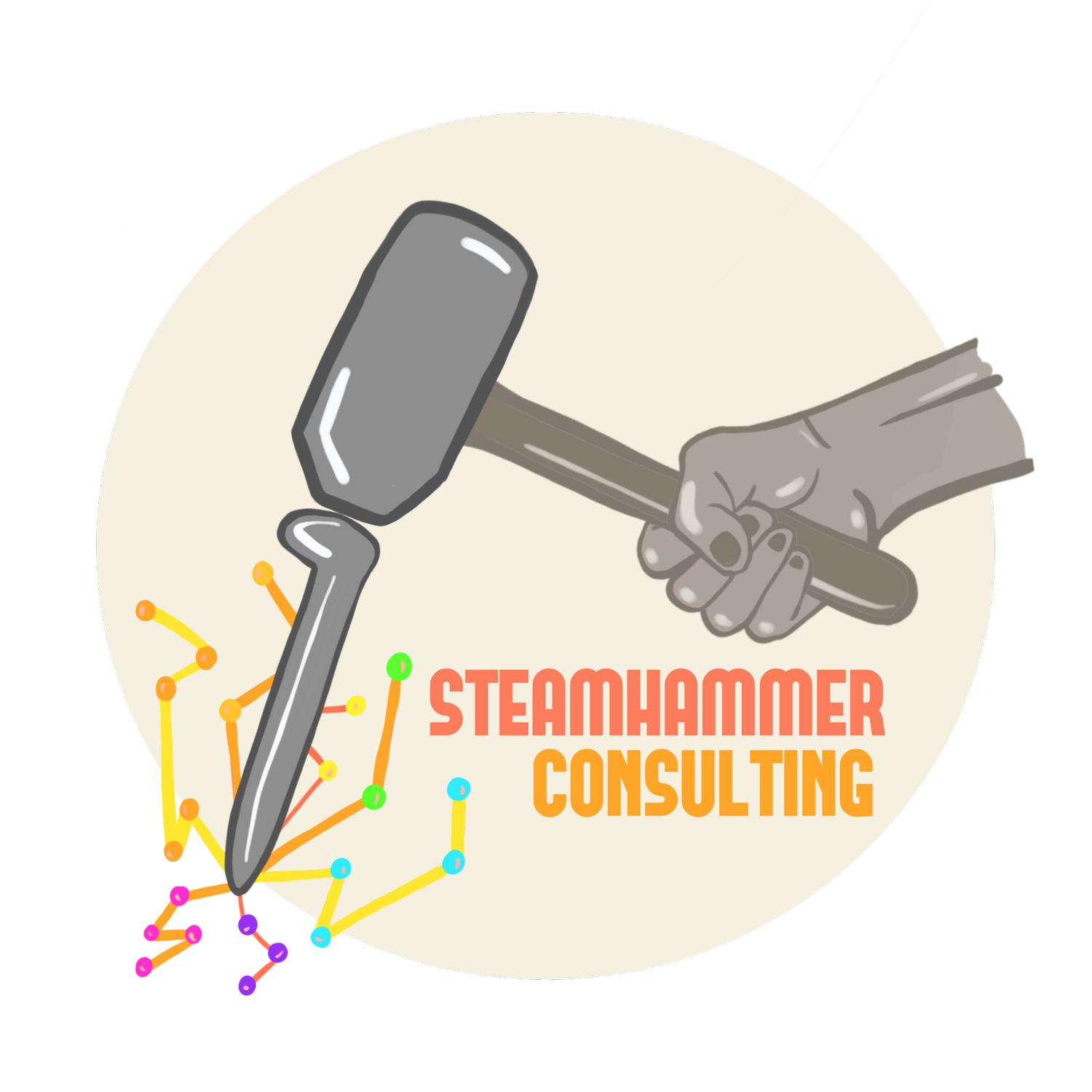Route Optimization Consulting: Food Distribution
Route optimization is a critical aspect of transportation planning and logistics management. It involves planning the most efficient route for delivery vehicles to maximize productivity and minimize travel time, fuel consumption, and operating costs. Route optimization is essential for the food distribution industry, which faces challenges such as perishable products, strict delivery time windows, customer demand fluctuations, and supply chain disruptions. This essay will discuss the benefits, challenges, and solutions of route optimization for the food distribution industry.
Benefits of Route Optimization for Food Distribution
One of the main benefits of route optimization for the food distribution industry is that it can reduce operating costs and increase profits. According to a case study by Paragon Routing, a large processor of fresh produce for the fast-food sector, it lowered its delivery cost-per-case by 20 percent, saving $2.5 million per year using route optimization software. Route optimization can also help food distributors save fuel, decrease emissions, and lower maintenance costs by minimizing the distance and time traveled by delivery vehicles.
Another benefit of route optimization for the food distribution industry is enhancing customer satisfaction and loyalty. Food distributors can use route optimization software to improve service levels by delivering the right products at the right time, meeting customer expectations, and avoiding late delivery penalties. Route optimization can also help food distributors respond to changes in customer demand and offer flexible delivery options. For example, ORTEC, a provider of route optimization solutions for the food service and beverage industry, claims that its software can help distributors increase their fleet capacity by 15 to 25 percent, enabling them to serve more customers and handle more orders.
Challenges in Route Optimization for Food Distribution
However, route optimization for the food distribution industry also faces some challenges and limitations. One of the challenges is the complexity and uncertainty of the food distribution network, which involves multiple factors such as product shelf life, temperature control, inventory management, order size, vehicle capacity, driver availability, traffic conditions, weather, and road restrictions. These factors can vary daily and even hour to hour, making it challenging to plan optimal routes in advance and requiring constant adjustments and updates. Another challenge is the need for more data and integration among the different stakeholders in the food distribution chain, such as suppliers, distributors, retailers, and customers. Route optimization can be ineffective or counterproductive without accurate, timely data and communication.
Innovative Solutions
To overcome these challenges and limitations, route optimization for the food distribution industry needs to adopt advanced and innovative solutions that can handle the dynamic and complex nature of the food distribution network. Some of the possible solutions are:
· Artificial intelligence (AI) and machine learning (ML) can use historical and real-time data to learn from past patterns, predict future scenarios, and optimize routes accordingly. AI and ML can also help route optimization software adapt to changing situations and provide recommendations and feedback to human decision-makers.
· Cloud computing and the Internet of Things (IoT), which can enable data sharing and collaboration among the different stakeholders in the food distribution chain, provide remote access and control of route optimization software. Cloud computing and IoT can also help route optimization software scale up and down according to the demand and resources available.
· Mobile applications and devices can provide drivers and customers with real-time information and updates on the delivery vehicles' delivery status, location, and ETA. Mobile applications and devices can also allow drivers and customers to report any issues or changes affecting the delivery process, such as traffic jams, accidents, or order cancellations.
In conclusion, route optimization is a vital and valuable tool for the food distribution industry, as it can help food distributors reduce costs, increase profits, and improve customer satisfaction. However, route optimization also faces some challenges and limitations due to the complexity and uncertainty of the food distribution network. Therefore, route optimization needs to adopt advanced and innovative solutions that can cope with the dynamic and complex nature of the food distribution network, such as AI, ML, cloud computing, IoT, and mobile applications and devices. By doing so, route optimization can help the food distribution industry achieve efficiency, sustainability, and competitiveness in the global market.
